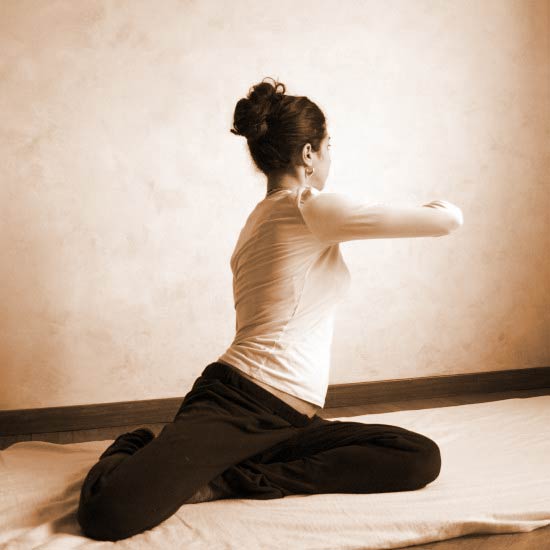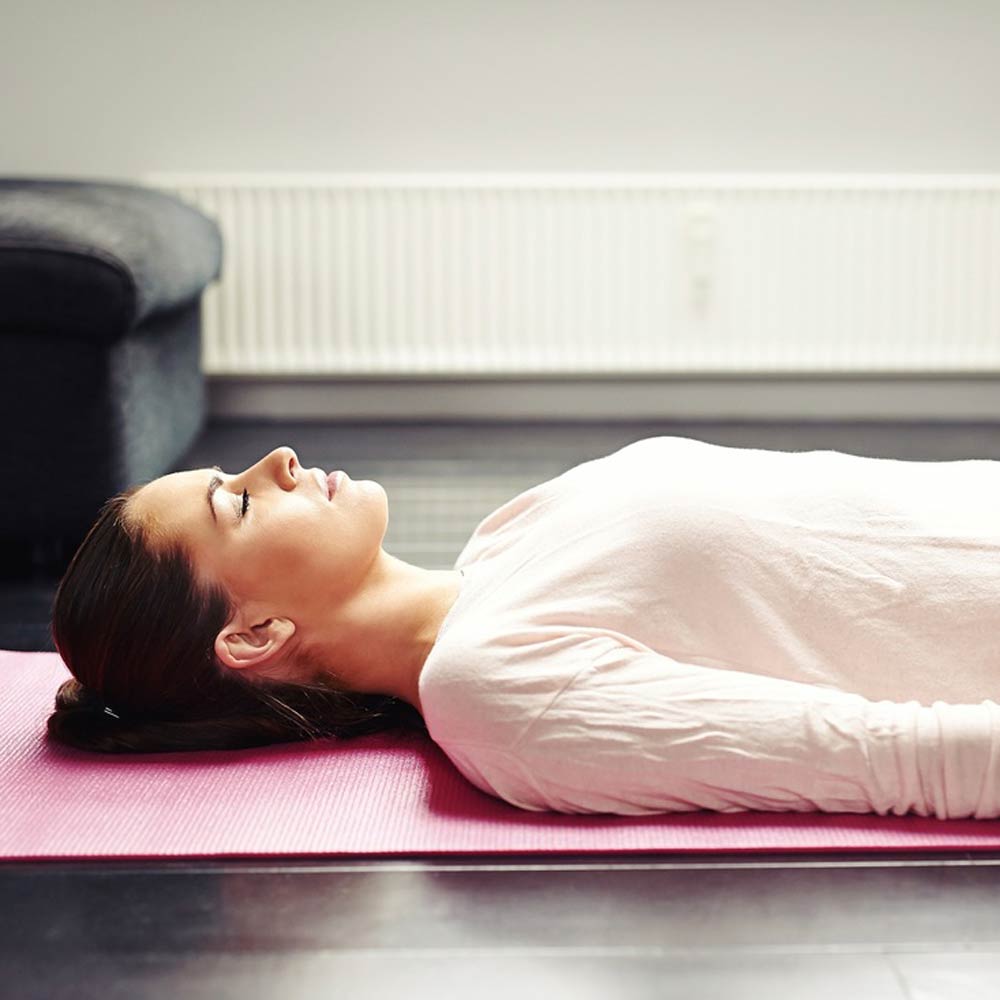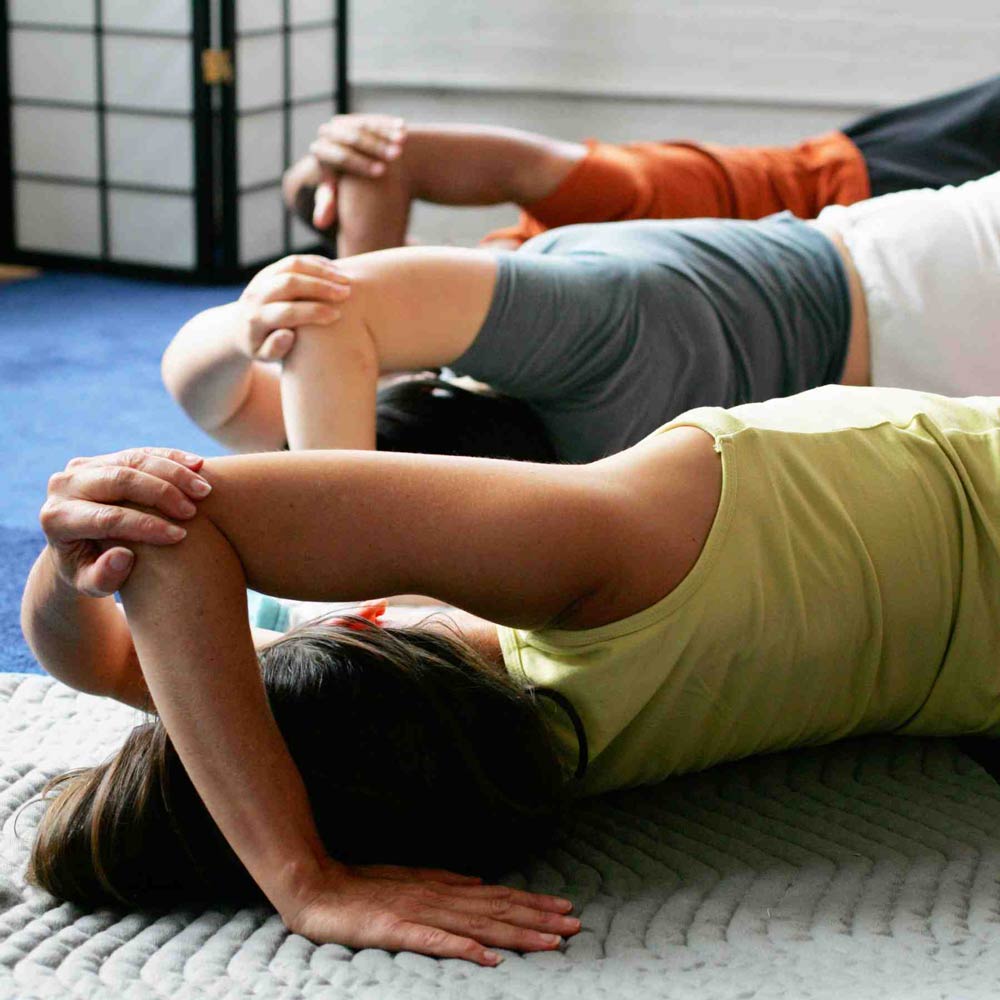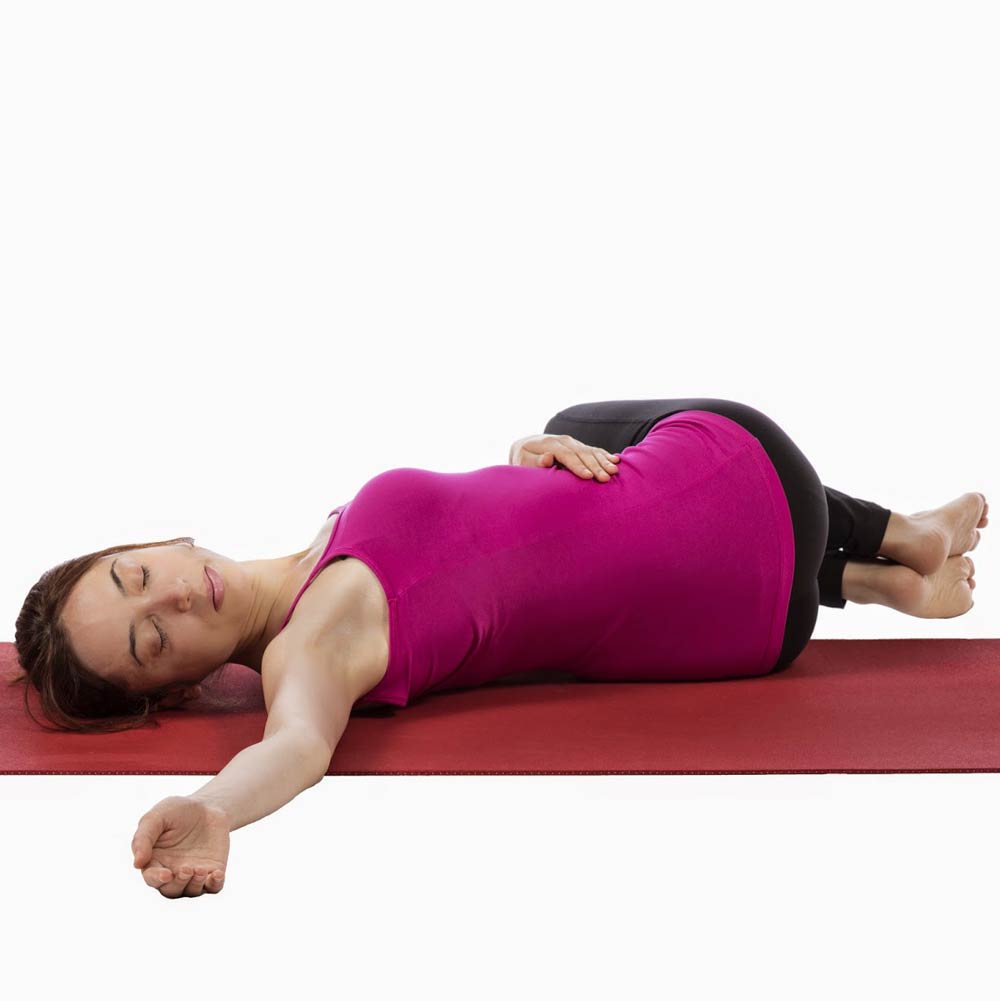
The Feldenkrais® Method
The Feldenkrais Method® is not medicine, not chiropractic, not massage, not yoga; instead it is a powerful, innovative and effective learning system. You learn how to replace old redundant movement patterns with newer more useful ones. You will discover that you have the capacity to become more skillful and improve your quality of life as you mature and age.
The Feldenkrais Method stems from a simple reality: once you feel how your body moves, you can use the information to improve your actions … and create new ones.
You learn to move and function more efficiently without stressing your body, so you are able to participate in activities throughout your whole life, instead of giving up something you love, because your body can’t keep up. Find optimal health. Seek excellence. Hit the golf ball further, run and walk with comfort and much more. Recover from pain and injury. It is liberating to understand that you need not be trapped by old habits, pain or social expectations. Imagine finding a way to do whatever you want easily and more efficiently!

The Feldenkrais Method is presented in two complimentary formats:
+ GROUP CLASSES: AWARENESS THROUGH MOVEMENT CLASS WORK (ATM)
Feldenkrais Awareness Through Movement classes provide an effective, economical and enjoyable way to explore and improve your movement, deal with pain and injury and discover more about your movement and yourself.
In Awareness Through Movement lessons, the teacher verbally leads students through basic and varied movements. You lie on the floor – on your back, sides or front (depending on the lesson and the initial abilities of those in the class ) – or we may work in sitting, standing and walking.
Through structured subtle movement sequences, each student develops awareness, flexibility, improved coordination and balance.
Awareness Through Movement was developed by Dr. Feldenkrais as a means to re-engage the nervous system in the kind of learning we all do as infants, but later usually abandon. The compositional structure of the lessons creates a conversation of sensing, feeling, resting and moving that engages your whole system in a process of organic learning where old habits can be replaced by new awareness and skill.
+ INDIVIDUAL SESSIONS: FUNCTIONAL INTEGRATION® SESSIONS (FI)
Functional Integration (FI) is a one-to-one approach. Learning, change and improvement are achieved through the use of specific skilled manipulation and passive movements, individualized for the client’s particular needs.
Functional Integration is gentle, subtle, effective, and widely recognized for its ability to address both minor aches and pains, and serious muscular-skeletal and neurological problems, chronic tension, and the developmental problems of children. Specific needs are addressed through gentle, hands-on communication, the student is fully clothed and the work is usually done lying on a firm table or sitting.
Differences between Yoga / Pilates and Feldenkrais
Feldenkrais focuses on function rather than form and does not have a goal of attaining an ideal body type or physical construction. The Feldenkrais Method is intended to improve the sensibility, awareness and quality of movement through one’s own body feedback rather than teaching predefined or static forms. Most people have difficulty feeling their body and try to move better without improving their sensory skills. This has absolute limitations. A musician can’t play music unless they can feel and hear the music and make fine distinctions. Feldenkrais does not have a goal to achieve “correct” positions as with yoga, but rather seeks to develop a more dexterous, painless and efficient body in motion.
Improving movement not ailments
Feldenkrais is not intended to cure disease or disabilities. Instead, the Feldenkrais Method is an effective way to learn about and improve physical limitations through freedom of movement. Because the Feldenkrais Method provides relief from many ailments caused by various neurological or physical disorders, Feldenkrais enhances the quality of living.
RENEW YOUR ABILITY TO MOVE, THINK AND FEEL
You will feel more connected while, hiking, golfing, gardening,
working, using the computer, playing an instrument, interacting
with your children/grandchildren and whatever else you love to do.
HOW DOES IT WORK?
The Feldenkrais Method® uses gentle movement to increase range of motion, improve flexibility and coordination between the body and mind.. It decreases pain and anxiety and creates sustainable change. We become more aware of habitual patterns that keep us from living the life we deserve and gain the ability to consciously create new patterns to live with more fun, ease and grace.
On its basic level, the Feldenkrais Method improves posture, coordination, flexibility and suppleness. Moreover, Feldenkrais alleviates pain by minimizing physiological and psychological stress associated with restricted functions. Patterns of inefficiency, compromised self-expression, and forgotten ways of feeling can all be improved.
The positive integration of the mind and body through the Feldenkrais Method enables people to live more comfortable and rewarding lives. With improved efficiency comes greater enjoyment and pleasure in daily living. Ordinary problems associated with the work place or caused by aging are remedied. Persons with orthopedic or neurological problems experience wonderful therapeutic benefits. Meanwhile athletes, actors, dancers and musicians substantially improve their performance skills through the Feldenkrais Method.
Feldenkrais has far-ranging applications in biomechanics and neuromuscular function. It addresses the goal to achieve more efficient movement as well as the desire to alleviate pain. Therapeutic uses include many common disorders, recovery from injury and problems associated with aging. In this regard, it is as much about improving the condition of one’s life as it is the body. Changing the way we think about these subjects is the first step toward unlocking the benefits of healthier movement.
WHAT ARE THE ATM CLASSES LIKE?
Students typically begin by lying on comfortable cotton mats (lessons are taught using a variety of positions, including sitting in chairs or standing). Using a combination of guided attention and pleasant, purposeful movement, each lesson guides you through the essential dynamic relationships in a particular pattern of movement and action. Unlike traditional exercise, where movements can become mechanical and the objective is to burn calories, stretch or train willpower for its own sake, Awareness Through Movement teaches you the secrets to reducing unnecessary muscular effort and improve your awareness of your whole self in action. This emphasis on sensory learning results in movement and vitality that are more flexible, pleasurable and free from aches and pains. The lessons are easy to do, of benefit to everyone, and the results can be extraordinary.
The lessons clarify the relationship between parts of the body and the whole, the most efficient and comfortable ways of moving using the support of the skeleton and how to sense yourself as you move.
There is no demonstration, no copying of the teacher. Instead you are invited to explore the movements yourself. Classes are completely non-competitive.
In each lesson there will be elements of: scanning your bodily sensations, making movements, attending to what you feel as you more, attention to your breathing, and frequent rests.
Because we believe people learn better when there is comfort along with an appropriate challenge, you will be encouraged to move within your capacities – which will increase – and not do things that cause discomfort or pain. Whether the movements are small, gentle and slow (as they often are at first), or somewhat faster, bigger or larger, the emphasis is always on finding ways to more that require less effort and create greater ease. For learning, less strain means more gain.
The movements can be done by anyone, each to their own capability. Each person progresses from their own level and at their own rate. The teacher will choose and modify lessons based on who is coming. If you have any difficulty the teacher can help you find ways to modify the lesson.
Awareness Through Movement workshops and class series feature a number of lessons on a theme such as breathing, the movement of the spine or the use of the arms, or around particular activities, eg. lessons for Yoga students.
WHAT ARE FUNCTIONAL INTEGRATION SESSIONS LIKE?
Functional Integration® (FI) is the individual, hands-on form of the Feldenkrais Method.
You lie or sit, comfortably clothed, on a low padded table. Using precise touch, and sometimes verbal instructions, the Practitioner brings your present tendencies and habits into focus, and offers new movement options. The session is highly customized to your needs and patterns of movement. The learning occurs both directly in your nervous system and in your conscious awareness. You may be given individualized movement and awareness exercises to do as a home program. It can be empowering to discover the patterns of action that are contributing to our difficulties or impeding our progress, find ways to deal with them and move ahead. Most people find Functional Integration very relaxing, energizing, or both.
THE BODY AND BRAIN AS CIRCUITRY
Imagine yourself as a complex switchboard of circuitry. Over time, as you’ve developed certain habits, particular wires have been connected to specific jacks in the board. Some connections might be looser than others, and we can easily replug those wires into new jacks. Our human brain is incredibly complex. Intricately networked, and intertwined with our dexterous bodies, our brains coordinate our moving, sensing, feeling and learning. Out of a lifetime of experience laid down in the dynamic networks of our nervous system our sense of who we are and who we can become emerges.
HISTORY OF FELDENKRAIS
The Feldenkrais Method was developed by Moshe Feldenkrais, D.Sc.,(1904-1984), who synthesized insights from physics, motor development, bio-mechanics, psychology, and martial arts to develop a powerful, effective, and practical application, that reconnects learning with human health and function.
Dr. Feldenkrais earned his doctorate in Physics at the Sorbonne and later was an associate to the Nobel Prize laureate Frederic Joliot-Curie in Paris. He was also the first European to earn a black belt in judo and is credited with introducing the sport to the West. Upon suffering a serious knee injury, Feldenkrais was faced with a 50 percent chance for recovery and the possibility of confinement to a wheelchair for the rest of his life.
Unsatisfied with the prognosis and conventional treatments available, he embarked on exploring new relationships between the mind and body to improve physical movement and function. For 40 years, Feldenkrais developed an ingenious method for effective neuromuscular reeducation. He shared this special knowledge among a select group of students worldwide.
AWARENESS THROUGH MOVEMENT CLASSES (ATM)
Thursdays 9 – 10 a.m.
Prescott Elks Performing Arts Center
117 East Gurley Street
2nd Floor, Room Dance 2
Prescott, AZ, 86301
MOVEMENT, AWARENESS, LIFE…
Moshe Feldenkrais said, ‘Movement is life.’ Our movement through life depends on the coordination of thinking, feeling and sensing. Awareness of our responses and our possibilities allow us to respond appropriately to changes in our inner and outer environment. The Feldenkrais Method develops our ability to become aware of our movement and ourselves. Through this awareness, we can learn not only how to better coordinate your movement, but how to change habits of behavior and self-image. Feldenkrais is an easy-to-do, practical approach to expanding your possibilities.
Click to watch video from The International Feldenkrais Federation - Feldenkrais Moments
WHO CAN BENEFIT FROM FELDENKRAIS?
Both individual and group Feldenkrais lessons produce immediate and long lasting results. Because all of our actions involve sensing, feeling, thinking, as well as moving, our clients and students find that improvements in their movement are accompanied by greater clarity in their thought and expression and an overall sense of well-being. You don’t have to be an expert ‘mover’ – or you might be! Whatever level of ability you start at,Feldenkrais offers the possibility of discovery and improvement.
EVERYONE
Feldenkrais offers a greater sense of ease and well-being for everyone in their daily life, including:
- options for new ways of moving that are healthier for your body
- reduced aches and pains and greater freedom in your movement
- improved relaxation response and relief from the effects of stress
- greater awareness of comfortable and efficient posture.
Understanding yourself and your body As a culture we are moving beyond seeing your bodies as merely biological machines to move our minds around. Feldenkrais Method is a creative systematic approach to engage with your own sensory experience to become more aware of what you do, how your do it and your possibilities. It is a non-prescriptive process that allows your to explore the relationships between your mind and body, and your environment.
HEALTHY AND ACTIVE AGING
Getting older doesn’t necessarily mean getting stiff and muscular aches. Feldenkrais offers a positive way to stop or reverse the loss of physical ability and comfort, and to maintain your physical and mental flexibility.
REHABILITATION
For those with discomfort, injuries, pain, or neurological conditions the Feldenkrais Method is a gentle and effective approach that offers:
- reduction and relief from pain
- recovery of lost movement abilities
- improved breathing and improved sleep
- the ability to shift habits of movement and holding – which may have begun as a response to your injury or condition and are now a source of pain or restriction in themselves
- a range of skills to help yourself to recover function in your daily life.
We help people with chronic or persistent pain in muscles or joints, or headaches, recovering from surgery, or with neurological conditions such as MS or stroke, neuropathy and myelopathy, etc. Feldenkrais can be your main form of rehabilitation or be used as a complement to other modalities and medical care. People with these kinds of needs often choose to start with individual Functional Integration sessions.
PERFORMERS
For all kinds of performers – musicians, singers, dancers, actors and others, Feldenkrais offers:
- ways to improve the quality of your performance – and the quality of your rest
- greater awareness that will help you prevent injuries
- new levels of embodied presence in your creative process
- increased expressive abilities.
ATHLETES
Athletes can reduce and recover from injuries, as well as increase performance. Awareness of how your move allows you to find easier, more energy efficient and pleasurable ways to work out or play the game.
People who teach movement
People who teach movement, such as dance, Yoga and Pilates teachers, can discover new ways of understanding movement, ideas that will help you teach better and ways to explore your own embodied experience.
Health care providers
Health care providers, such as physicians and nurses, physical and occupational therapists, massage therapists and others, will gain new ways of thinking about possibilities for their patients – as well as much needed support for your own health and well-being.







